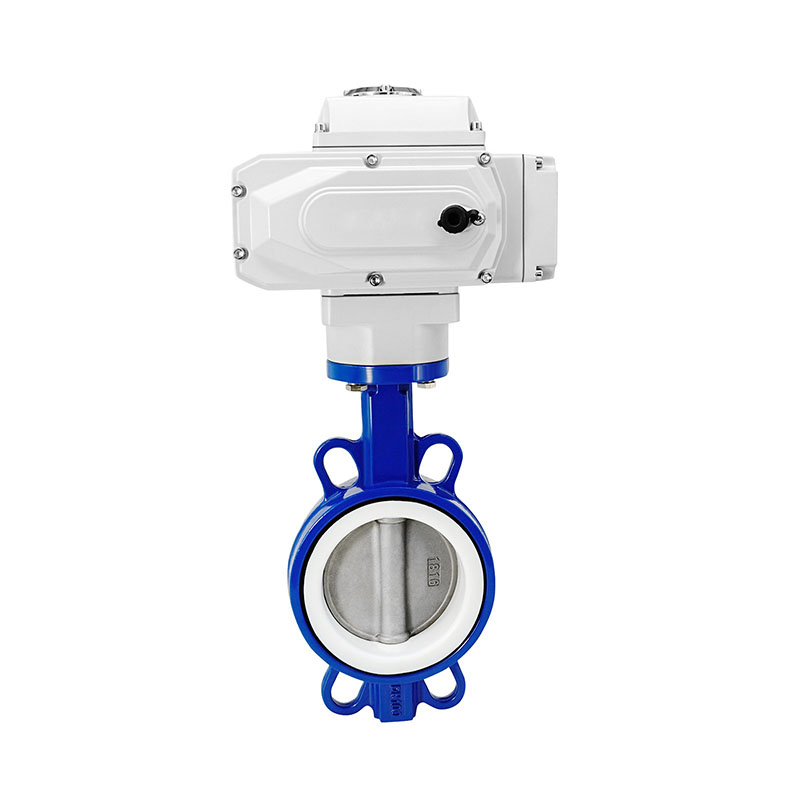How to Solve the Connection Form and Failure of Electric Valve?
2025-01-03
There are many forms of electric valve connection. The common valve connection methods are: flange connection, clamp connection, butt welding connection, threaded connection, ferrule connection, clamp connection, self-sealing connection and other connection forms. Among these connection methods, common flange connection, butt welding connection and threaded connection have some common problems, and there are relevant points to pay attention to during maintenance.
1. Check the tightness of the connection of each connection part, and at the same time ensure the sealing of the packing and the rotation flexibility of the valve stem.
2. Metal-sealed electric valves are not suitable for installation at the end of the pipeline. If they must be installed at the end, it is necessary to adopt the outlet flange to prevent the sealing ring from backlogging and over-positioning.
3. The valve stem installation and use response should regularly check the use of the valve, and repair it in time if a fault is found.
4. The position where the electric valve is installed in the pipeline is preferably vertical, but it cannot be inverted.
5. The flow rate needs to be adjusted during the use of the electric valve, and it is controlled by a pneumatic actuator.
6. For valves that are opened and closed frequently, such as manual butterfly valves, the worm gear box cover should be opened in about two months to check whether the butter is normal and maintain an appropriate amount of butter.
The application scope of electric valves is getting wider and wider. For different environments, corresponding valves should be used. The connection between the whole valve and the pipeline or equipment is different. Whether it is installation, use or maintenance, it is necessary to pay attention. If the valve connection method is inappropriate, it is easy to cause the valve to run, bubble, drip, leak, etc. Therefore, valve users should treat it according to the specific situation.




